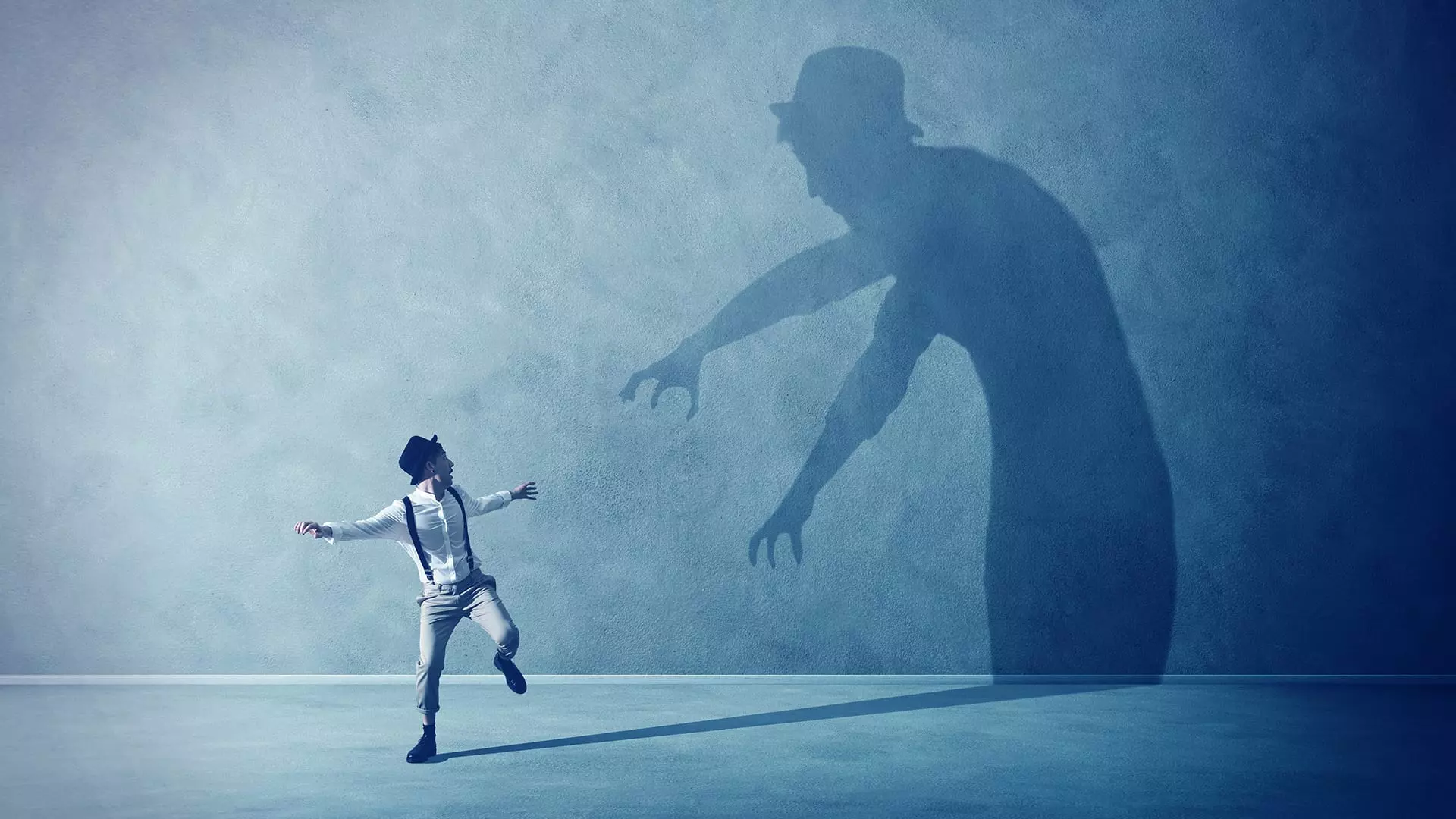
Learn to see the light within the shadow
How can we see and deal with the ugly, frightening parts of ourselves? How should we respond to darkness in others?
In this on-demand course Dr. Ashok Bedi, a Jungian Analyst and popular teacher, blends Jung’s depth psychology with a Hindu perspective on the shadow. A skilled psychiatrist and native of India, Bedi has broad experience in both worlds. He relates classics of Hindu and Western literature along with true crime stories to portray the universal dynamics of shadow. He offers spiritual hope from the East and West, as well as practical tips for spotting the shadow and knowing what to do with it within us and around us.
Face what’s blocking the light in you and the world. You’ll find the light behind it.
4 Class Course
60 min
What you will receive
4 Video & Audio recordings
Companion Guide
Access to your own Jung Platform account where all the content you've purchased will be stored.
Course Description
Dr. Ashok Bedi is a colorful story-teller, skilled analyst and sweeping philosopher. In this wide-ranging course Bedi offers many illustrations of shadow dynamics. The Bhagavad Gita, Puranic heroes and anti-heroes, Oscar Wilde’s “Picture of Dorian Gray”, the serial killer Jeffrey Dahmer, Carl Jung and Krishna all take their place on the stage. The common thread is the tension of opposites in the psyche, the play of light and shadow.
In this course Bedi begins with the Western perspective on the shadow. We learn the personal shadow is mostly colored by parental complexes. He touches on the Jungian idea of scape-goating and projecting shadow on a cultural level.
He continues with an Eastern perspective on the Shadow, which offers another path to deal with the Shadow. The East transcends the duality of the good and evil and considers them as aspects of the totality of the individual and the divine. This is amplified in the Bhagavad Gita in Krishna’s wonderous dialogue with Arjuna.
Ashok Bedi also talks about three classic Eastern responses to outer manifestations of shadow. Lord Rama acts as a warrior, Krishna acts as a trickster, and Ghandi models the spiritual anchorite response.
Bedi concludes with two gripping stories of shadow events. A true crime killer and Hindu mythology illustrate the twists and subtleties of when light meets dark. He invites us to explore the mystery of the Shadow and its creative, and transformative impact on healing the individual and the dark side of our contemporary culture.
A companion guide provides a glossary, Dr. Bedi’s article on The Lion-Man Avatar, and bullet points toward a New Ethic.
Classes are available now.
This course is ideal if
- be inspired to relate to the shadow rather than react to it or be driven by it
- learn about the personal, cultural and collective levels of shadow from the perspective of Western analytical psychology.
- approach the Eastern perspective on good and evil through the Bhagavad Gita and ancient Puranic tales
- understand classic Hindu ways of managing the shadow at the individual and cultural level.
Course Overview
Class 1
The Shadow is an archetype that is close at hand and yet difficult to assimilate by the ego personality. It is primarily experienced via projection onto another. It changes the world into a replica of one’s hidden face. The shadow of an individual is experienced in the “Other”, while the shadow of a culture is projected onto other scapegoat cultures chosen to carry its dark side. Exploring our personal typology and inferior function is another way to identify and relate to our shadow. Ashok offers a surprising clinical case and a personal story to illustrate analytical work with the shadow.
Class 2
The East does not see good and evil as distinct entities but rather as a continuum of human consciousness. When our individual gunas (attributes) of sattva (harmony), rajas (activity) and tamas (passivity) are out of balance, we experience the Shadow. The Bhagavad Gita offers prescriptions to balance our guna system.
When the dark side of the archetypes casts a shadow on the culture, Hindu scriptures offer three archetypal responses to deal with it: the Rama, Krishna and the Gandhi paradigm. Bedi brings to life Arjuna and Krishna’s dramatic battlefield dialogue.
Class 3
We often project our shadow onto a victim or a scapegoat. What happens to us when we do this? How does this impact the recipient of the shadow? Using Oscar Wilde’s classic novel, “The Picture of Dorian Gray”, Ashok explores the dynamic of the exploiter and his or her victim. He offers questions to contemplate where our shadow is landing.
Class 4
Ashok discusses the life of the serial killer Jeffrey Dahmer and Visnu’s battle with the demon Hiranyakashyap to illustrate the workings of shadow. We also learn how the ancient reptilian parts of our brains help us deal with our demons. Ashok concludes with ideas for shadow management based on Neumann’s work “Depth Psychology and a New Ethic “.
Dr. Bedi’s article on “The Lion Man Avatar- The Archetype of Contemplative Space” is included in the companion guide as well as Bedi’s bullet points for Neumann’s book.
By the end of this course you will
- have models for assimilating the shadow
- know about different ways of dealing with the shadow in others
- discern the exploiter/victim dynamic (within you and around you)
- recognize the movements of the shadow in contemporary events and classical literature
- know specific steps to assimilate the shadow and create a New Ethic for individuals and society.
Scholarships
We here at Jung Platform want to make these programs available to anyone. If you would love to participate yet can’t pay for the full course, then please send us an email at [email protected] and describe why you feel you qualify for a scholarship, how much you can pay, and what you will do to help the Jung Platform promote this and other programs.
The Jung Platform Guarantee
We stand by our programs. If within 30 days of your purchase or the live course start, you're not satisfied, we offer a replacement or a full refund.



 10 Teachers
10 Teachers 


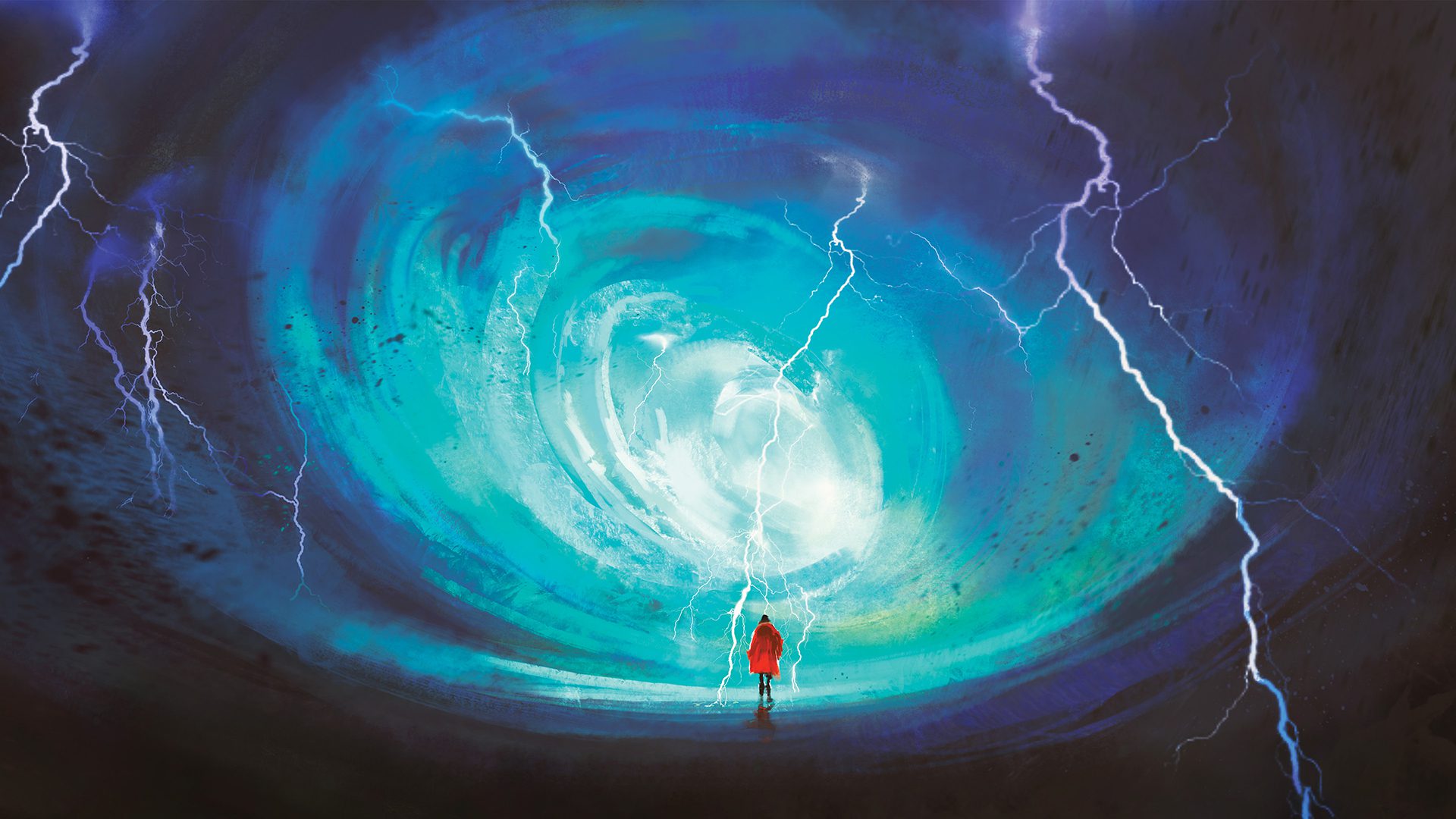
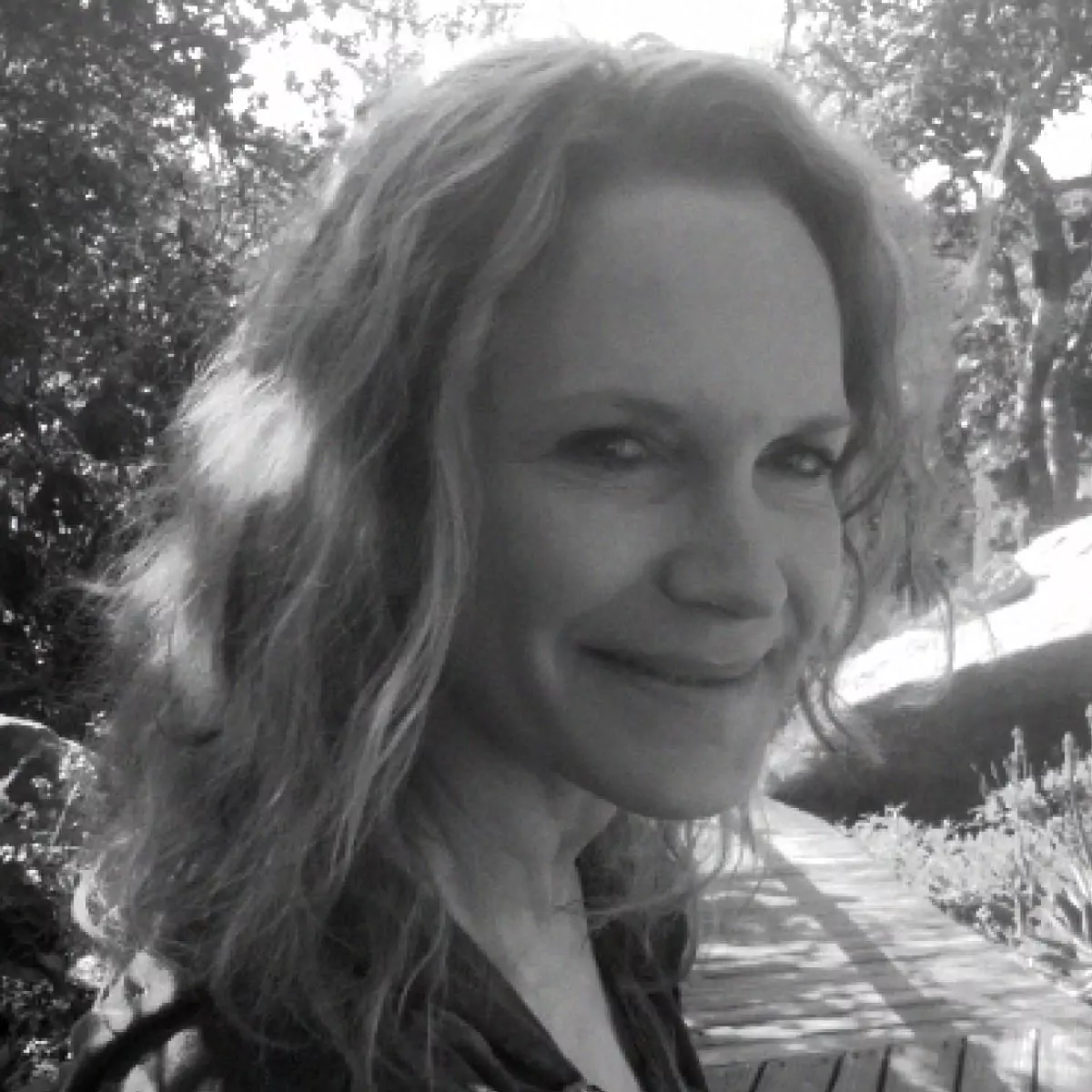
 15 Teachers
15 Teachers 

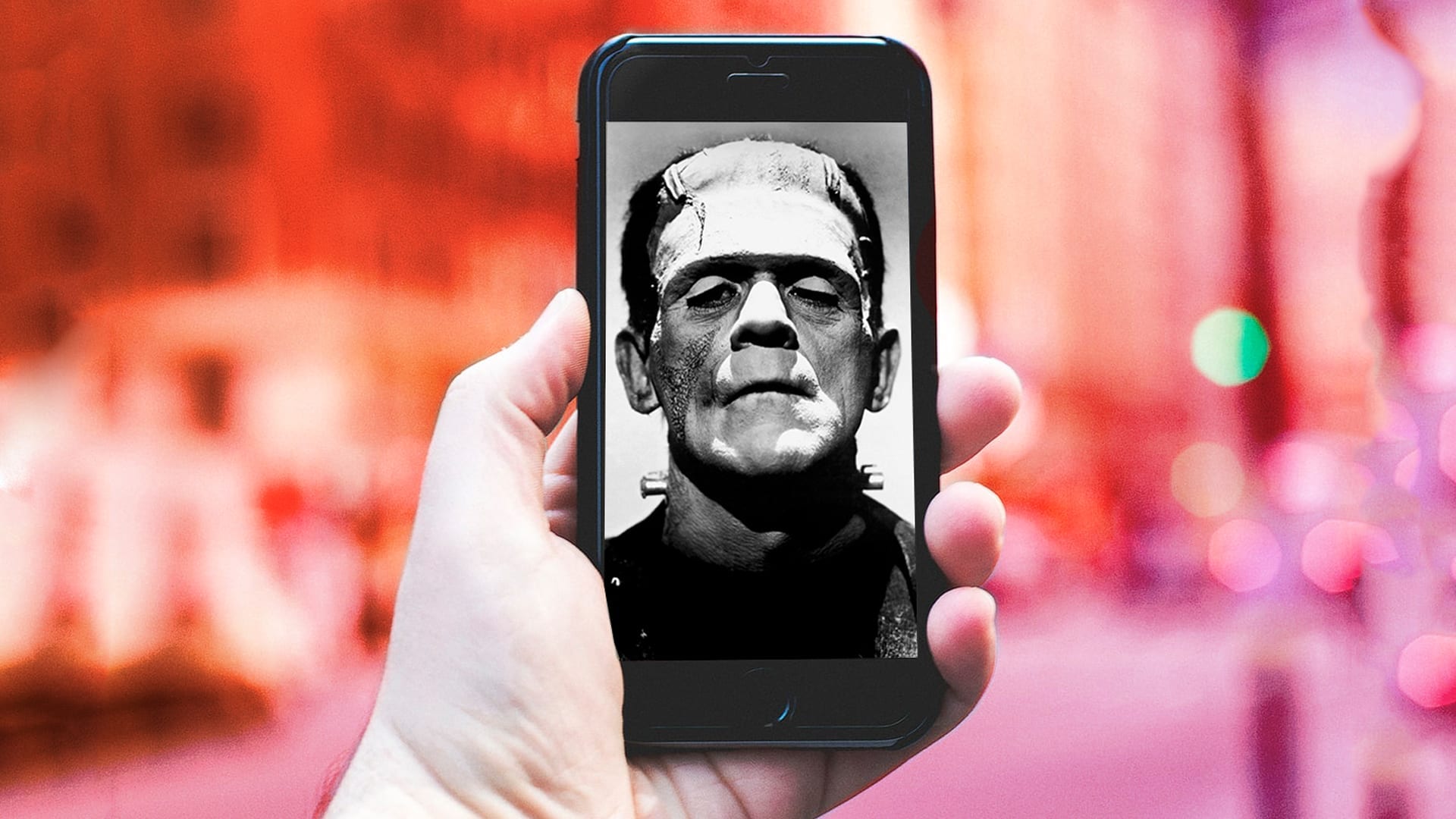
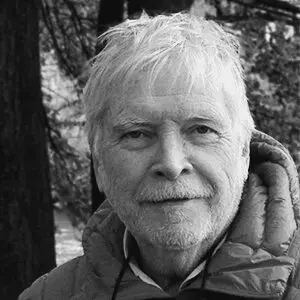 2 Teachers
2 Teachers 